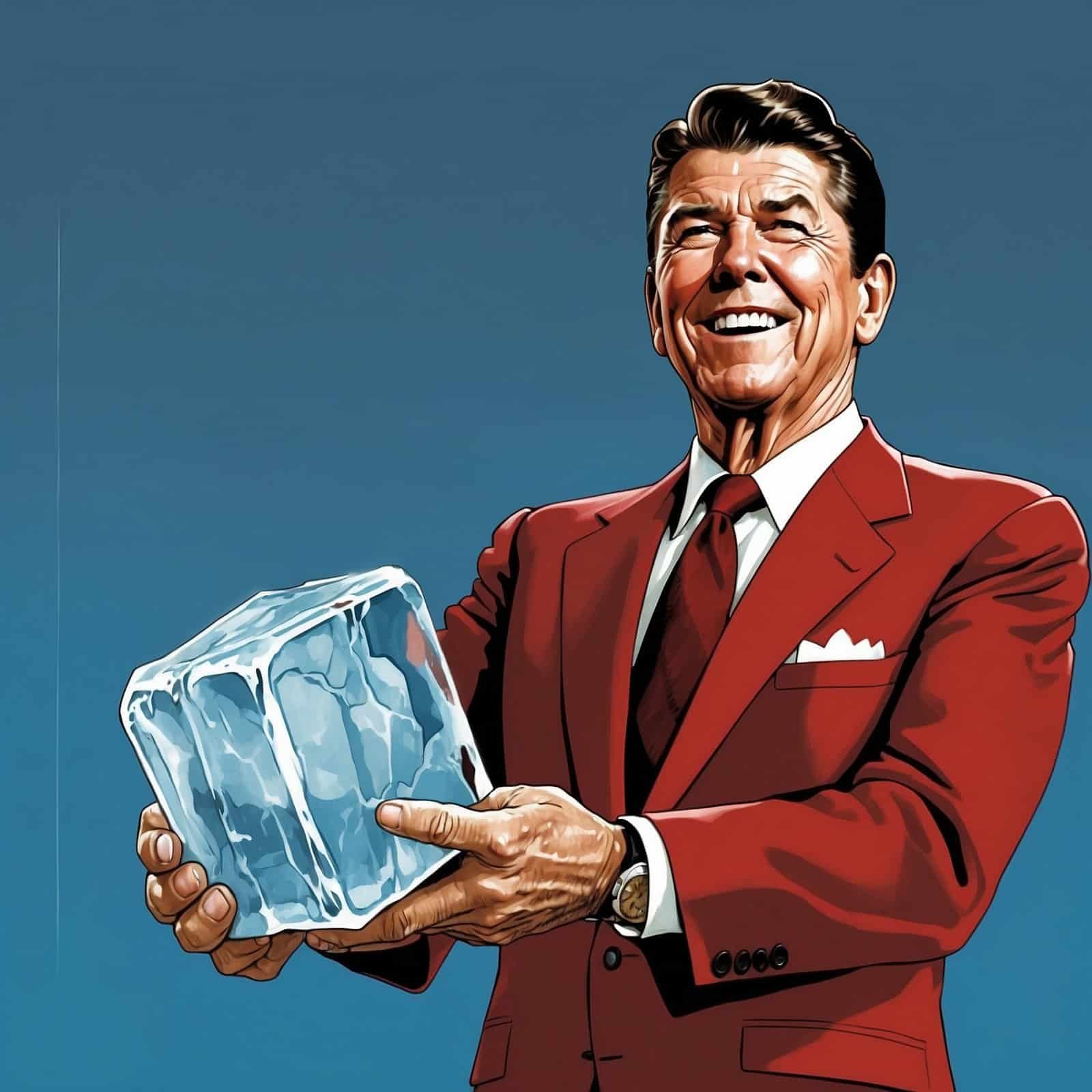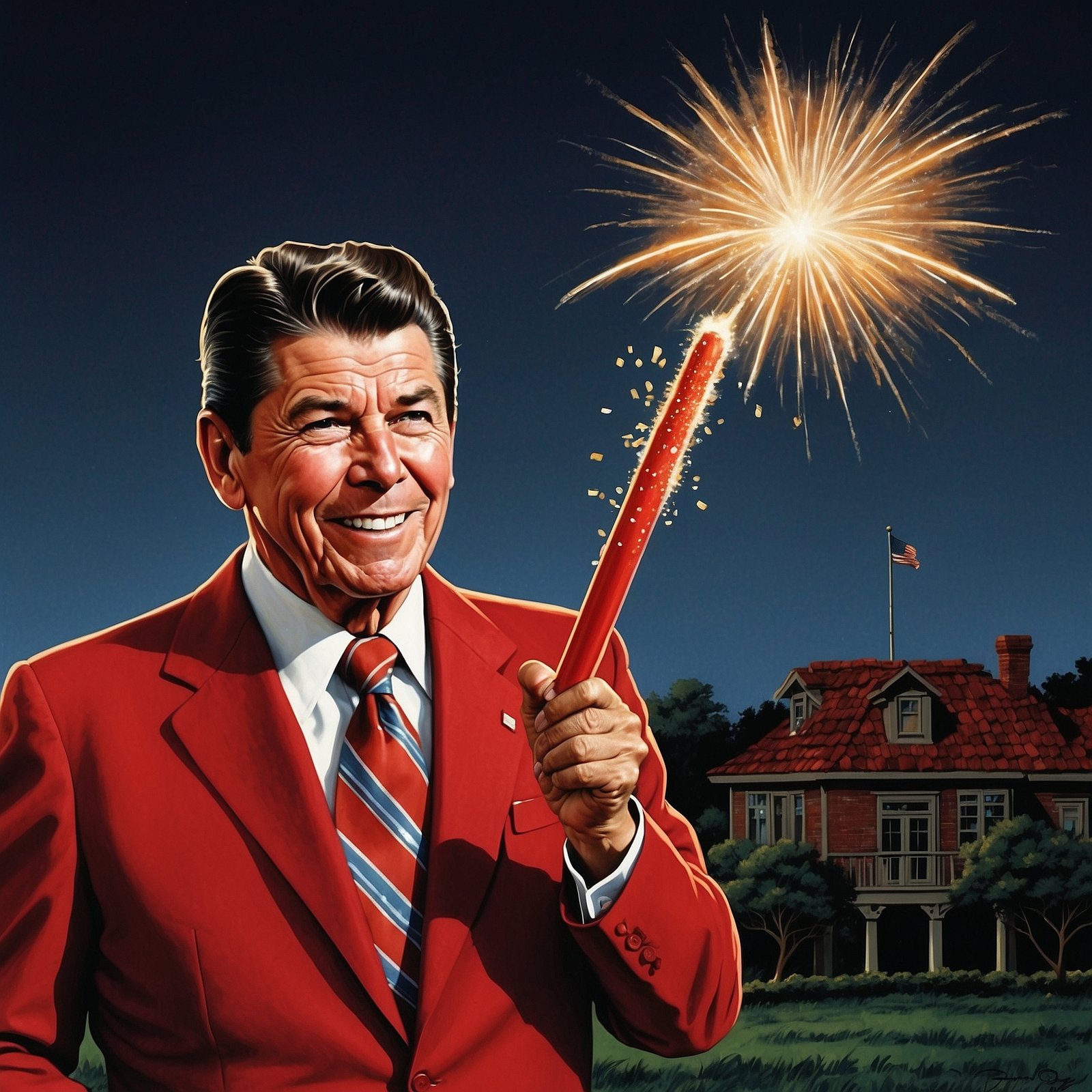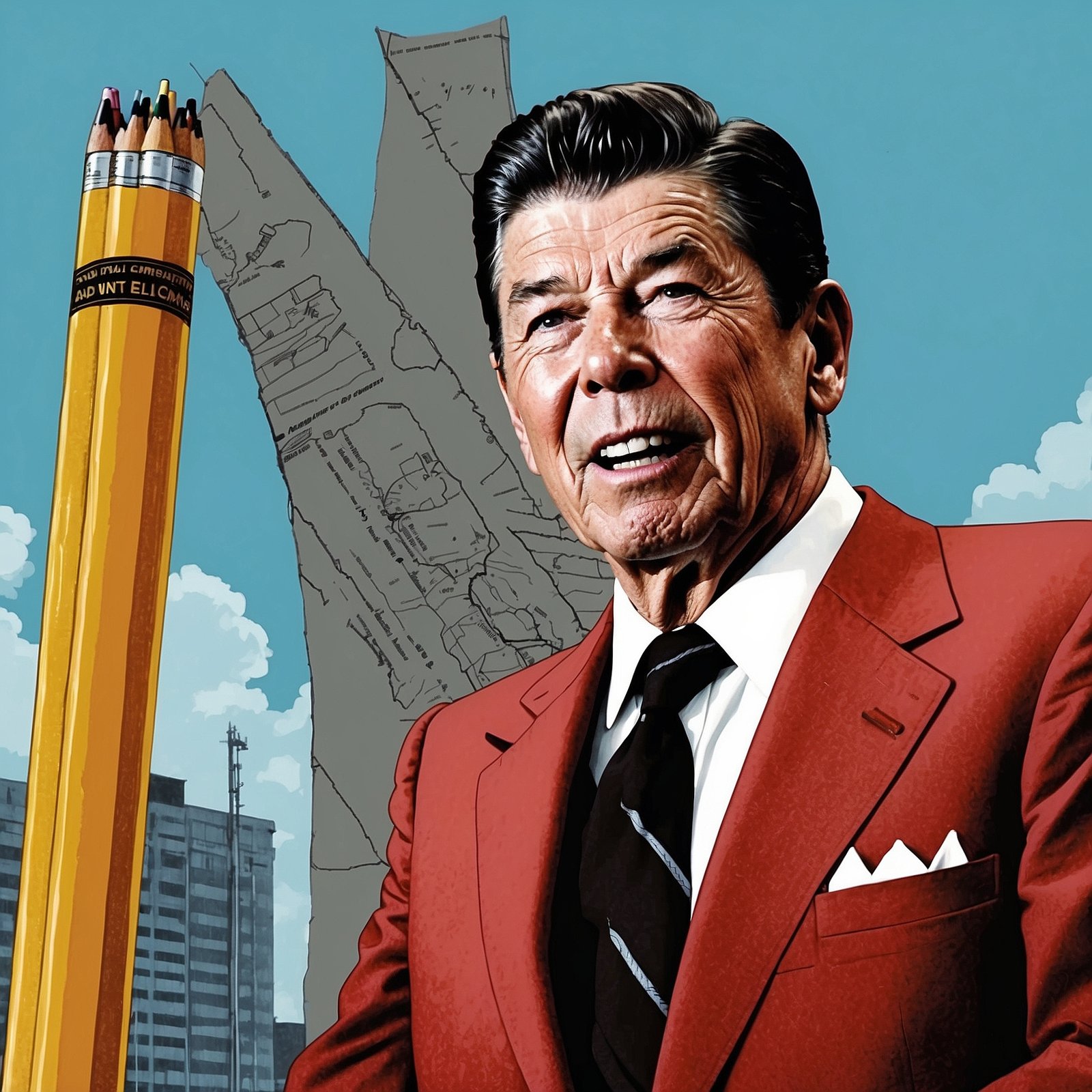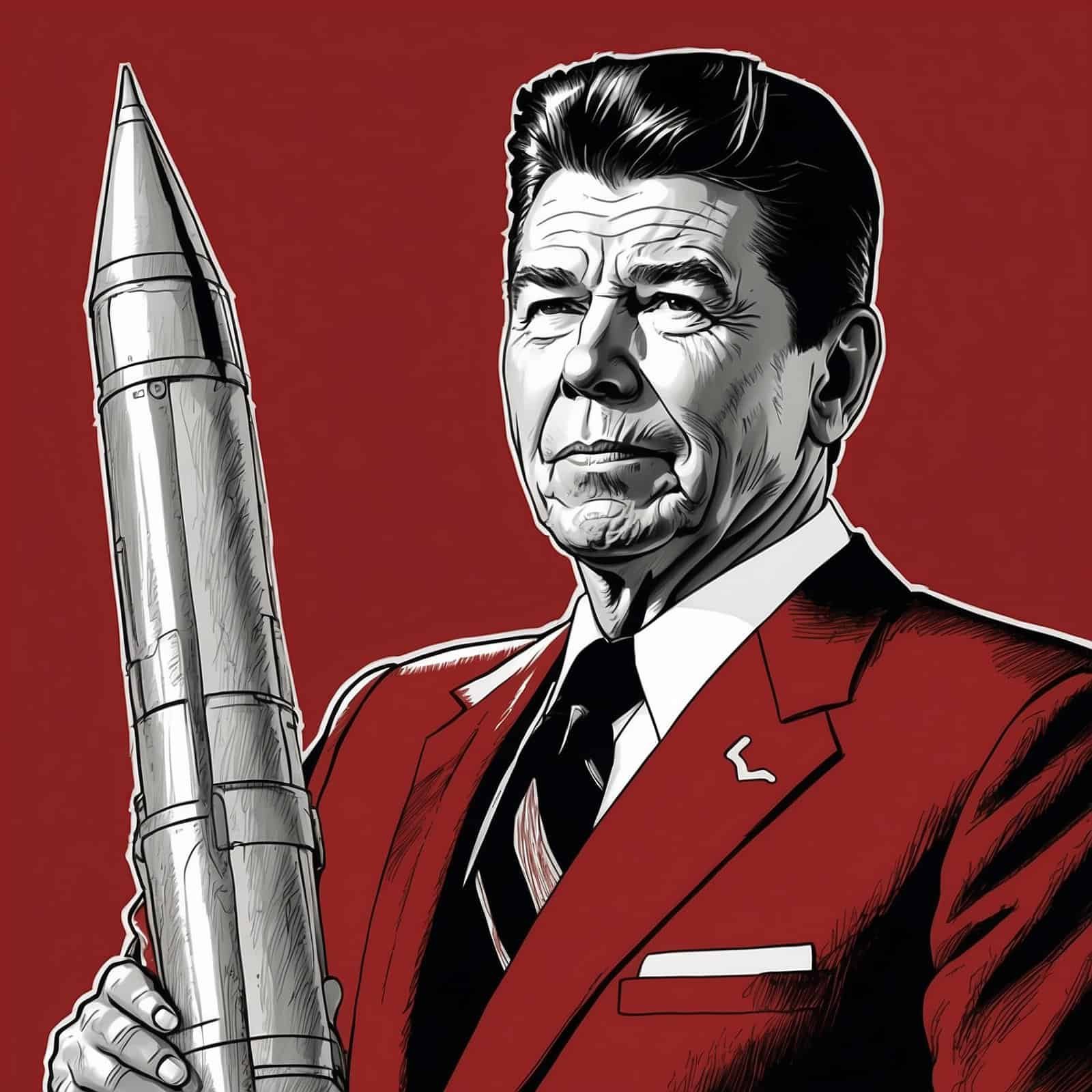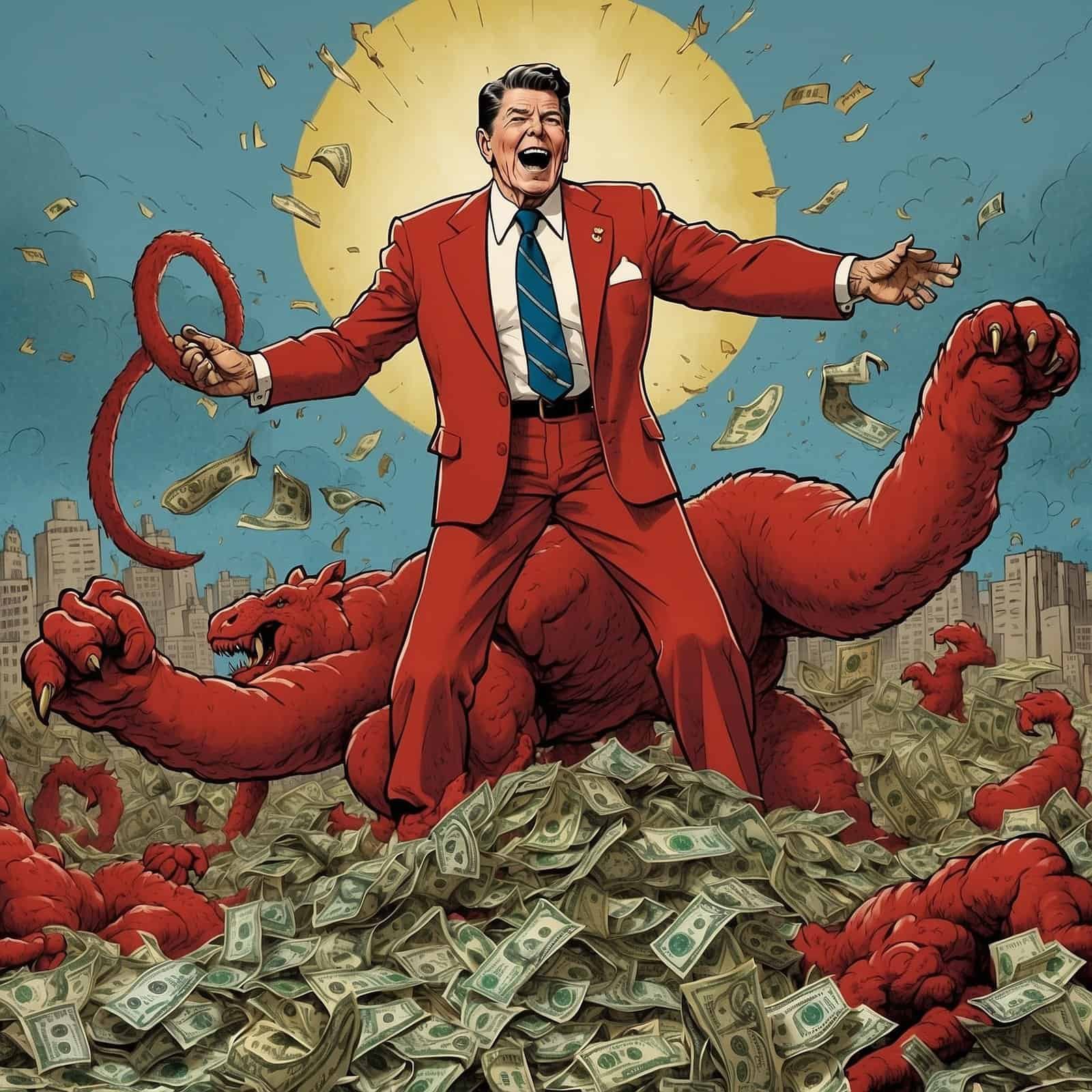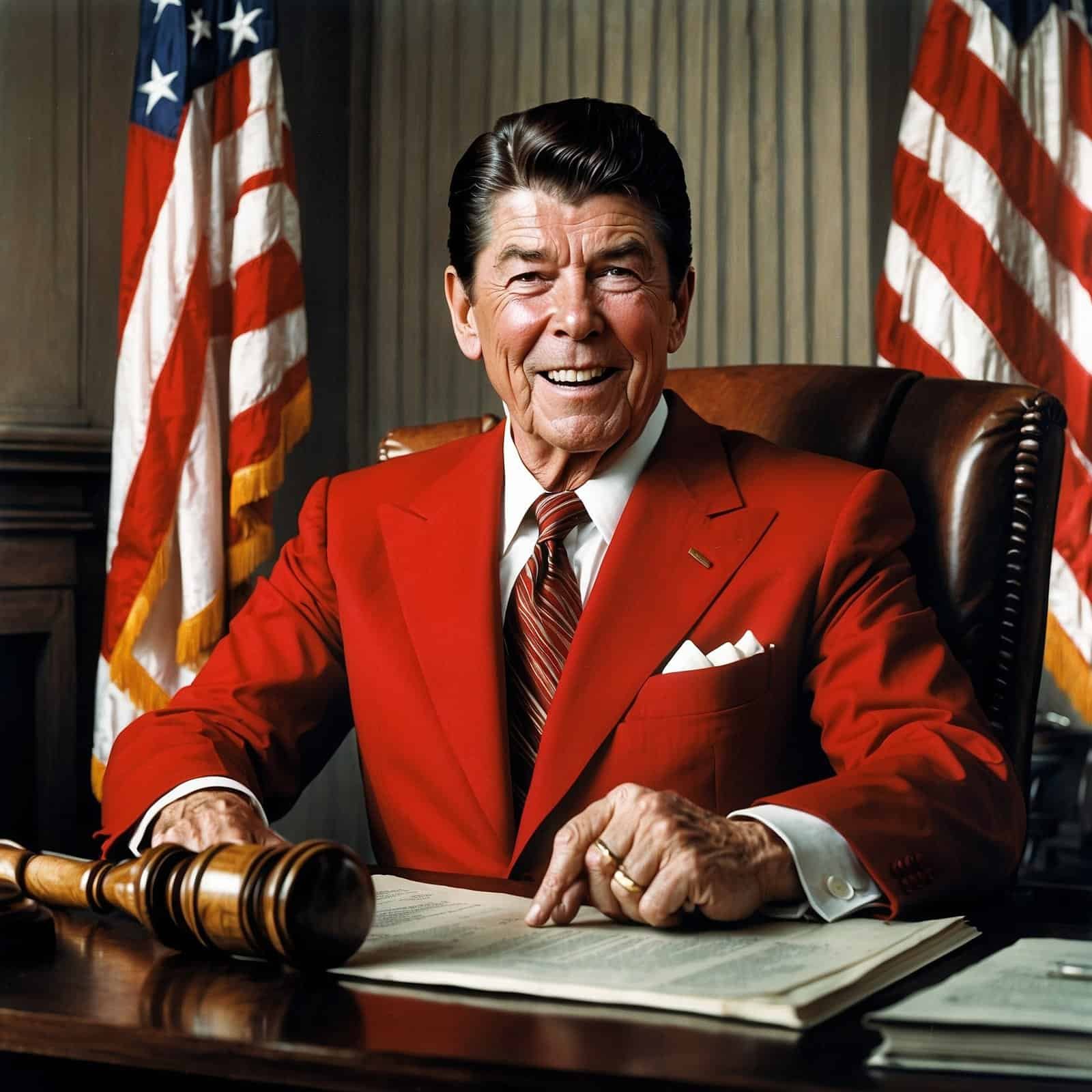When discussing the golden era of job creation, we can’t help but tip our hats to Ronald Reagan’s groundbreaking policies. Reaganomics wasn’t just a catchy phrase; it was an economic powerhouse that left Keynesian believers quaking in their boots.
Reagan’s approach was refreshingly simple for those who prefer real-world results over theoretical fantasies. He believed in the free market’s strength, where the invisible hand packed a punch like a heavyweight champion. His job creation playbook focused on tax cuts, trimming government fat, and cutting through red tape. Who would have thought that letting people keep more of their hard-earned cash would inspire them to, you guessed it, earn and produce more? Mind-blowing, right?
Reagan’s Tax Cuts: A Game-Changing Move
The Economic Recovery Tax Act of 1981 was a cornerstone of Reagan’s strategy. It slashed the top marginal tax rate from a whopping 70% to a more reasonable 50%. Even the capital gains tax got a haircut, encouraging more investments. This wasn’t just pie-in-the-sky thinking; these cuts meant real dollars stayed with those who could use them to generate more wealth.
Tax Rate Comparison
| Tax Type | Before Reagan | After Reagan |
|---|---|---|
| Top Marginal Tax Rate | 70% | 50% |
| Capital Gains Tax | 28% | 20% |
But let’s not forget that these tax cuts weren’t just a boon for the wealthy. Middle- and lower-income earners also saw their tax burdens lightened, putting more cash in everyone’s pockets. The economy revved up, businesses expanded, and here’s the kicker – millions of new jobs popped up like daisies after a spring rain.
Deregulation: Breathing Life into Business
Let’s raise a glass to deregulation, too. The paper-pushing bureaucrats had to find new hobbies. Reagan wasn’t afraid to take a sledgehammer to intrusive regulations that were suffocating entrepreneurial spirit. From energy to telecommunications, industries started to breathe easier. It was like giving the American economy a much-needed inhaler.
Now, the naysayers would have you believe that Reagan’s policies were all about fattening the wallets of the elite. But here’s where they miss the boat. As those big ships rose with the tide, the smaller boats got a lift too. More demand for goods and services meant businesses needed more hands on deck. Unemployment numbers took a nosedive as job openings multiplied like rabbits.
The Ripple Effect: A Rising Tide Lifts All Boats
Sure, some folks will champion liberal redistribution models, but let’s be real – the numbers don’t lie. Conservative values show that when you empower individuals and businesses, you get an economy on steroids that benefits everyone. Progressive models might look shiny at first glance, but take a closer look at their long-term effects – you end up with a shrinking pie where the government’s slice keeps growing, and we all end up singing the blues of dependency.
Economic Indicators During Reagan Era
- GDP growth averaged 3.5% annually
- Inflation dropped from 12.5% to 4.4%
- Unemployment fell from 7.1% to 5.5%
- 20 million new jobs created
Now, about those deficits – yes, Reagan faced a growing national debt, but let’s not forget he inherited a mess of runaway spending and policies that put bureaucracy on a pedestal. When the dust settled, the 1980s saw a remarkable comeback. The economy soared, and job creation went through the roof, proving that conservative economic principles work like a charm.
Conclusion: Less is More
In the end, Reagan’s job creation policies showed the world what conservative values can do when put into action. By cutting taxes, easing up on regulations, and championing free-market principles, Reagan set off a chain reaction of prosperity that still influences us today. It’s a timeless reminder that when people keep more of what they earn, everyone wins. So next time someone grills you about the wonders of Reaganomics, just tell them – sometimes, less really is more.
Because when we let the market do its thing, we all come out on top. Now, isn’t that a breath of fresh air?
Table of Contents
- Reagan’s Tax Cuts: A Game-Changing Move
- Deregulation: Breathing Life into Business
- The Ripple Effect: A Rising Tide Lifts All Boats
- Conclusion: Less is More

